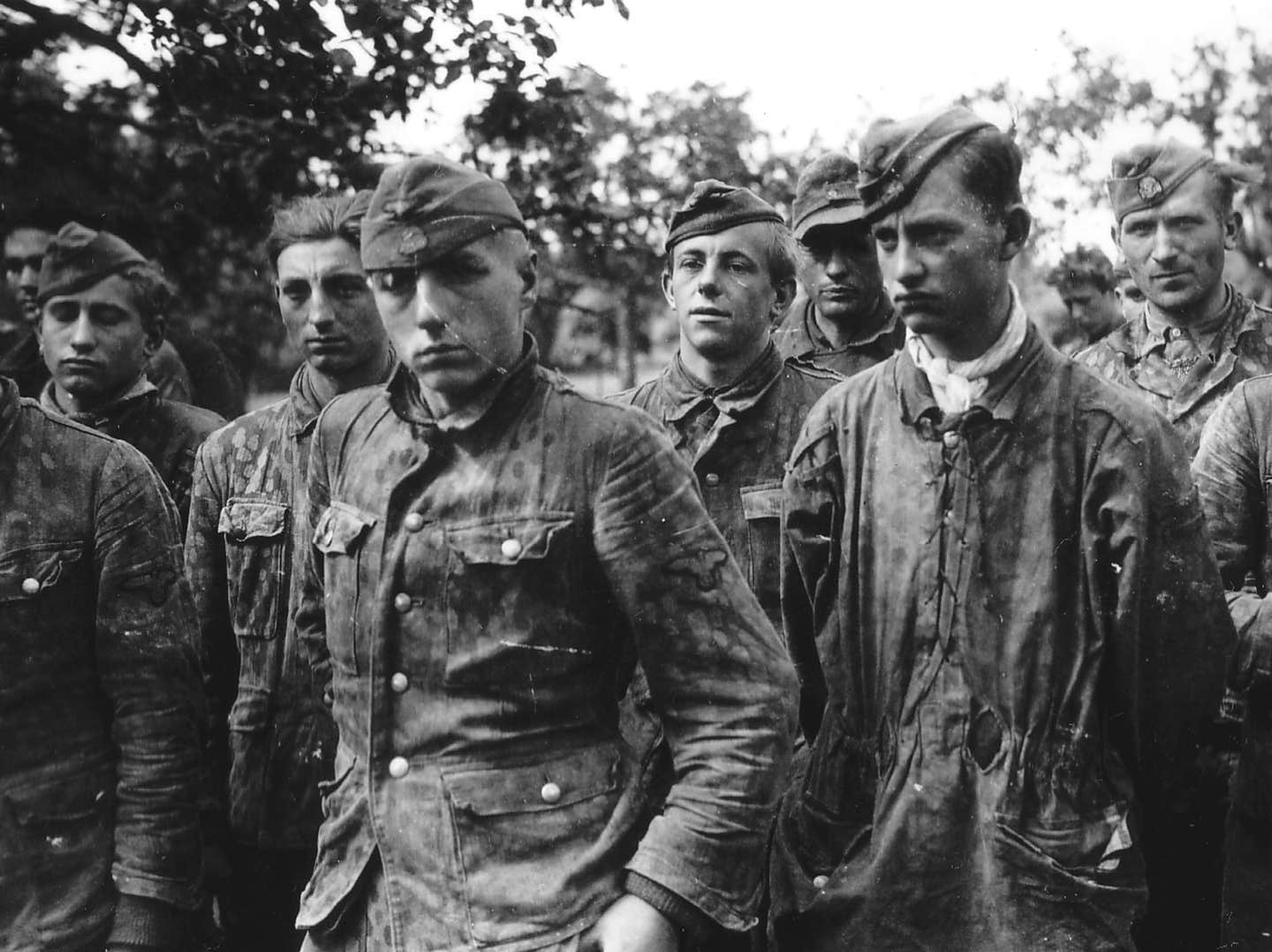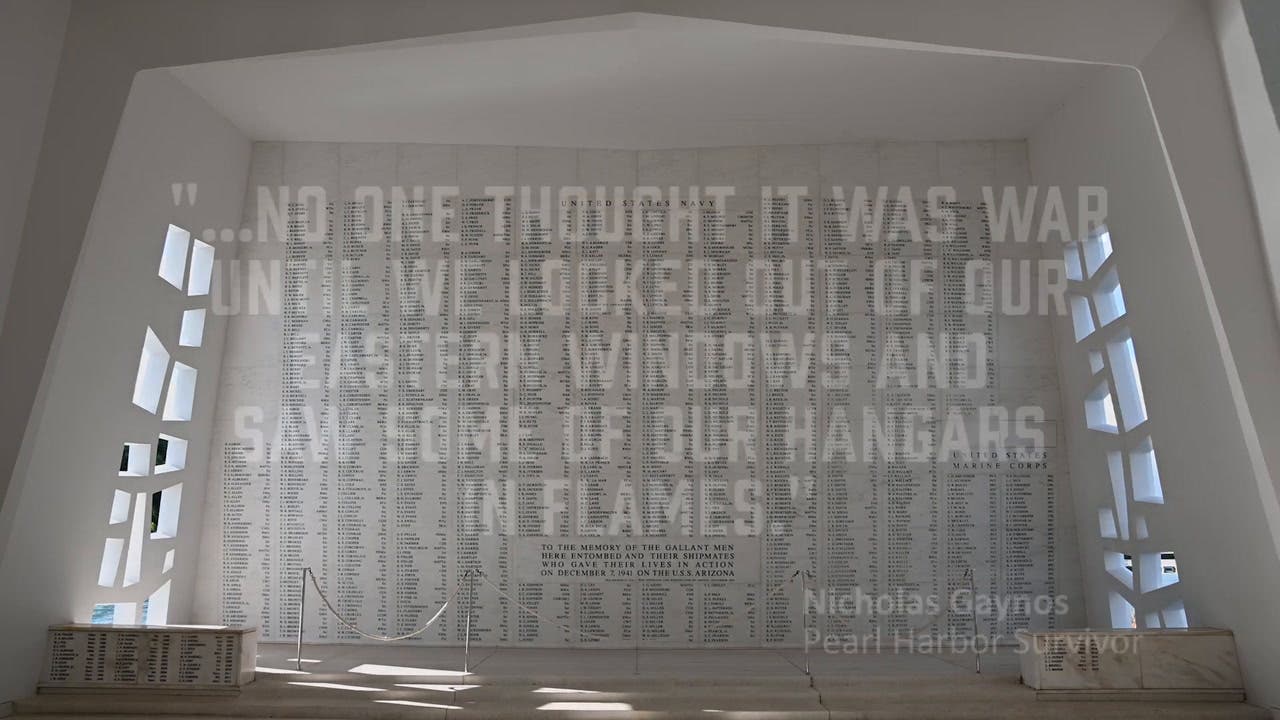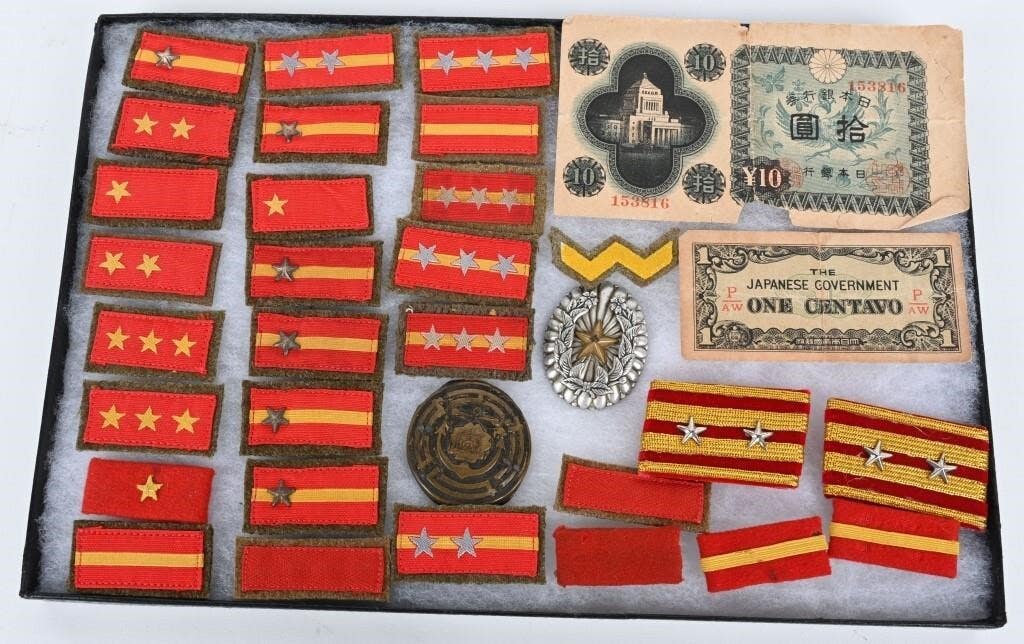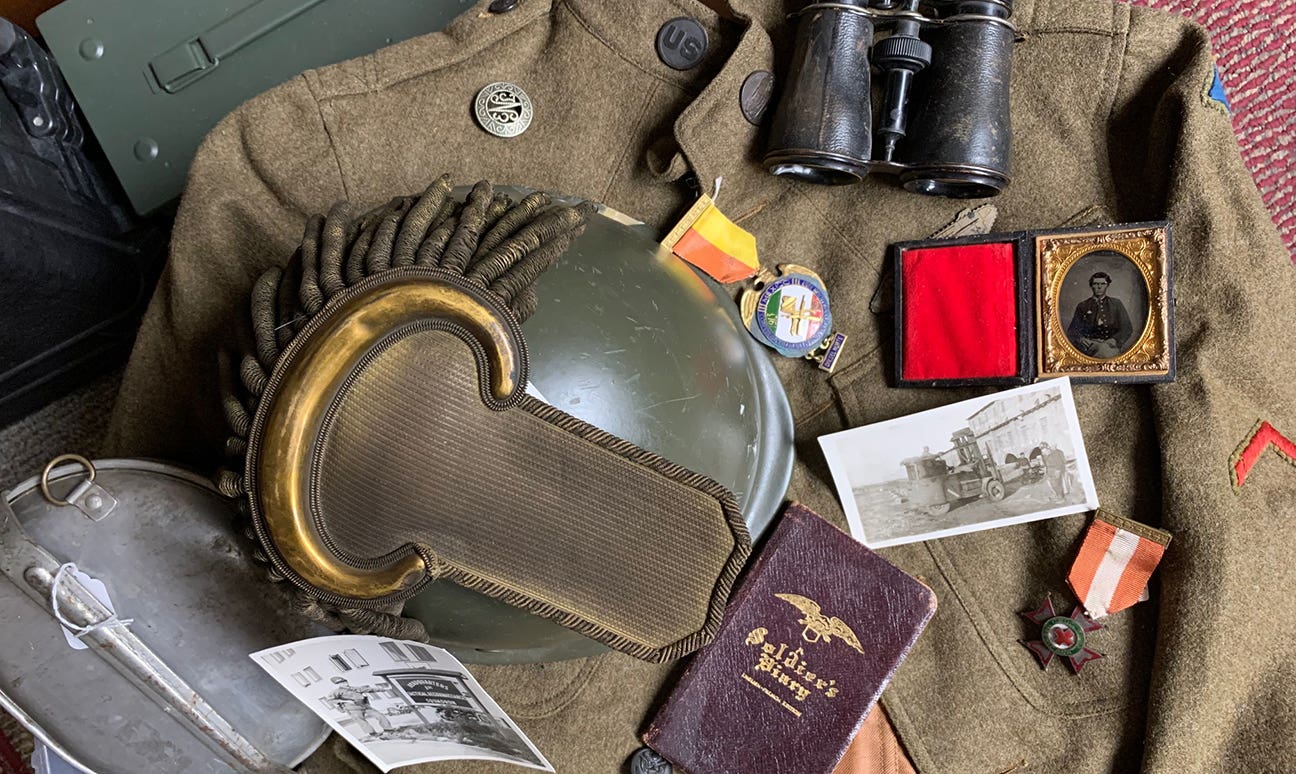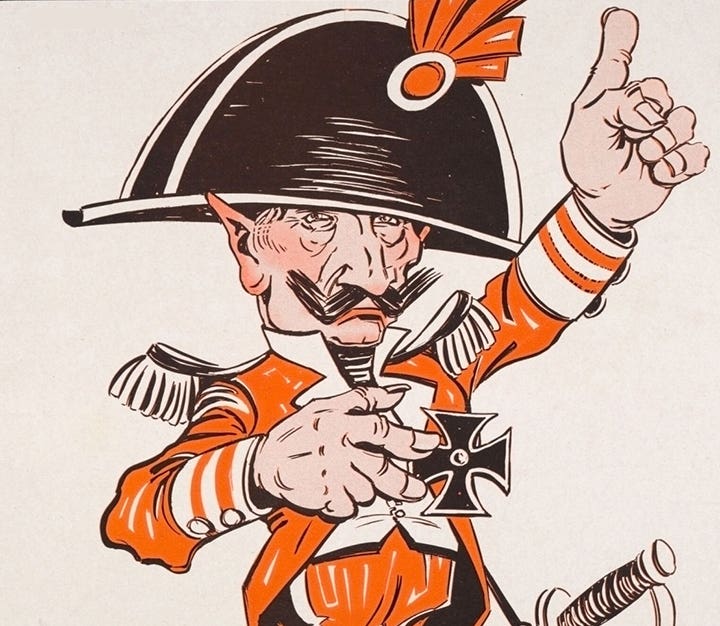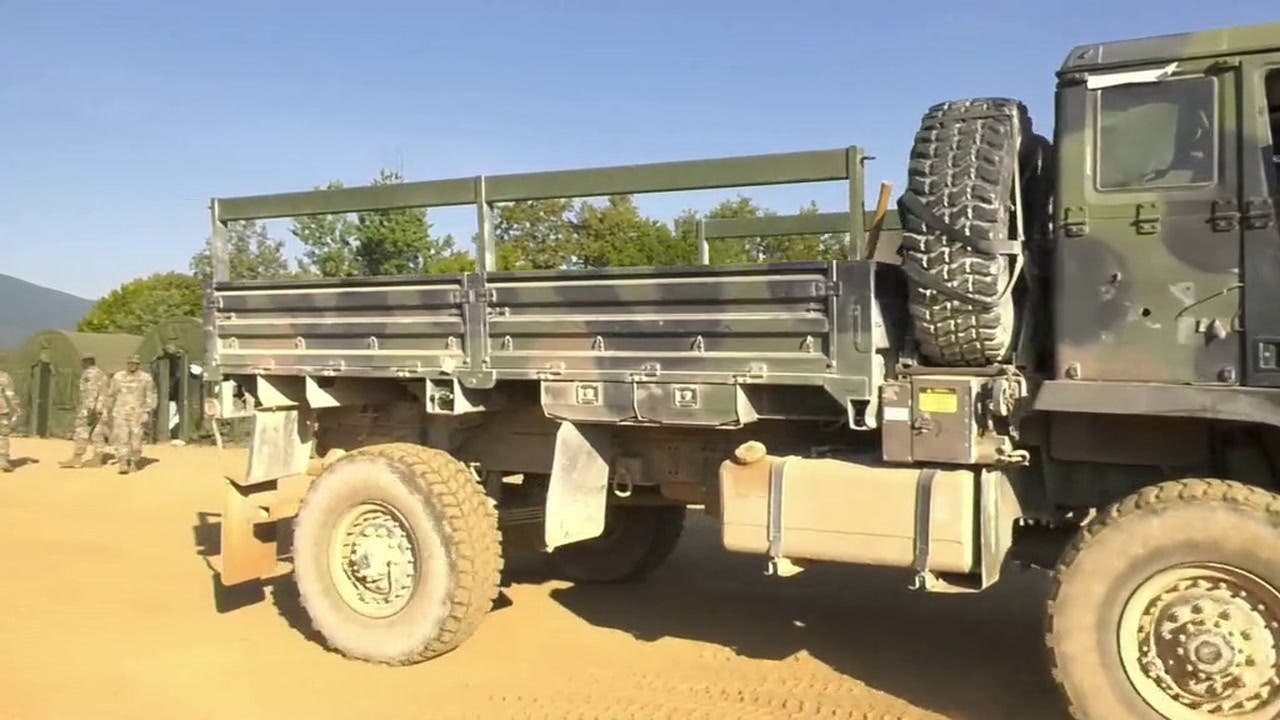An old timer’s advice
I ran into an old friend at the last Show of Shows. “It sure isn’t like the old days of collecting, is it John?” he asked after we exchanged greetings….
I ran into an old friend at the last Show of Shows. “It sure isn’t like the old days of collecting, is it John?” he asked after we exchanged greetings. “Whattya mean?” I asked incredulously, “I am one of the wonder kids!” He chortled. “You may have been 30 years ago, now you are just one of the ‘old timers’.” Could he be right? Had more than a quarter of century passed since we traded WWI collar discs for Third Reich medals? And if he was right, had I learned anything about the hobby?
I had been thinking about what my buddy had said to me over his table of relics, “You are one of the old timers, John!” As I considered it, I had to ask myself, “Where did it all begin?”
I can’t really point to the one instant when I became a collector. I think I was just born that way. There are lots of psychological explanations for why a person is a collector, but I try not to dwell on those.
I suppose my first “military relics” were those my dad gave to me when I was about four years old. Having transferred to a Minnesota American Legion Post, Dad had no use for his Iowa Legion overseas cap. He gave that to me and pinned his WWII Good Conduct medal on the side of it. The medal, after all, had “my” name (and his — “JOHN GRAF”) engraved on the back.
Over the next few years, he gave me more of his mementos from the War: His pistol belt, musette bag, practice grenade and some patches. I didn’t really consider this a collection, though, because I incorporated each item into my daily war games.
Growing up in a small town, I was fortunate to be able to meet and speak to several WWI and WWII veterans. Perhaps motivated by my youthful enthusiasm, they were quick to offer me mementos of their service. Soon, I started to display a variety of medals, photos and insignia in my bedroom alongside plastic models and soldiers.
By the time I was 10 years old, I had developed a passion for the history of the American Civil War. Soon thereafter, I discovered the magazine Civil War Times and later, Civil War Times Illustrated. With each issue, I enjoyed the scholarly stories, but more importantly, I devoured the advertisements in the back of the magazine. Best of all, I read each of the classified ads, sometimes responding. I ordered a dozen “forage cap letters” from George Juno and sent away for countless private dealers’ price lists. I even attempted to place a wanted ad for a Confederate kepi, never realizing that one would cost me more than $25 if someone had replied.
Within a couple of years, I met several men who had recreated a Civil War artillery unit, resplendent with a 3/4-scale Parrot Rifle. After relentless pleading, they allowed me to join there unit. In addition to learning the intricacies of firing and maintaining a Civil War cannon, I was introduced to a whole new level of swapping and trading as each member pursued his particular collecting interest when not reenacting.
It wasn’t until I was 18 that I set up as a “dealer” at one of Bob Johnson’s earliest “Battlefield Shows.” I guess it was at that time that I became totally immersed in the buying and selling of our hobby. In fact, it was at one of these early Battlefield Shows where I met the buddy who, 30 years later, declared me an “old timer.”
He was right. In reality, I just turned 50 years old. If I was just 19 or 20 when I met him at one of those early Battlefield shows, he hadn’t exaggerated at all! Thirty years had passed. Somewhere, I transformed from the “Wunderkind” to just another “old timer.” Surely, I must have learned something?
Ten Tips For New Collectors
During the past 30 years, I have collected in many areas of militaria, each with equal passion. In that time, I have made many mistakes. I have sold items I wish I hadn’t, missed items that I wished I had bought and made some really poor life decisions. Based on all of this, I have formulated a list of 10 tips I would like to offer to anyone just getting in the hobby. I can’t promise that you will have collecting “success” (whatever that is!) if you follow them, but my hope is you can attain maximum satisfaction from the hobby.
- Set a collecting goal. I know you are really excited about some sort of militaria right now, and it is hard to think about much else. But try to imagine how you want your collection to develop over the next 10 years. Do you want to fill a room with relics? Do you want to use relics to instruct others about military history? Or do you want to “cash out” for a profit? You might have multiple goals, and they may change, but taking the time to think about it will help you make hard decisions about what to buy down the road.
- Acquire research material. This might be a reflection of my age, but I place a lot of value on published articles and books. Whereas there is a lot of information to be found on the Internet, it is not a replacement for the printed word — not yet, anyway. While it is very difficult to spend $50 on the most recent book when there are cool relics to be had, consider research purchases as real investment in your collecting career.
- Join a forum. In the old days, we formed “collecting clubs” where we got together once a month and played “show and tell.” While there are a few of those still functioning, Internet forums have quickly replaced most. Take the time to investigate and you will probably find there is a forum already established that deals with your particular area of focus. Introduce yourself and spend time reading through the past threads of conversations. You will fast gain a sense of the high and low points of the hobby. But hang back…you remember how obnoxious the gregarious new kid was at school? Don’t be that kid on the forum. A good forum is a resource, not a hang-out for the lonely.
- Network for “hands-on” experience. As good as the Internet is for opening the world of collecting to you, it is no substitute for actual handling and examining of relics. If you get to know a local collector or two, ask to visit their home to see their collection. Let them show you all of their treasures and soak up their explanations. Contact museums to make arrangements to visit with the curator and examine specific segments of the collection. Finally, attend shows, shows and more shows. These are the best hands-on experience available to collectors regardless of how much money is in your pocket. You are able to study pieces up close, ask questions and benefit from the dealers’ years of experience.
- Focus. When I was young, I was overly impressed with dealers who had stacks of Riker mounts on their table. To me, that meant they were hardcore collectors. When I actually visited the homes of a couple of these collectors, I found their personal collections were just like their Riker mounts: Huge assemblies of weapons, uniforms, helmets, flags, maps, medals, drums, and most anything else military-related. While volume was impressive, none of it worked together to tell much of a story other than, “Look at all the stuff I have bought!” A focused collection will help you develop an expertise about some aspect of military history that you can than share with anyone willing to listen. A big pile of mediocrity is still just mediocre. A focused, developed collection is something that will reflect your level of enthusiasm and scholarship.
- Don’t buy on credit. Here’s another tip based on my own poor judgement. When I received financial aid for college, I spent it on German helmets. During my first marriage, I spent my extra money on Mexican War medals rather than take family trips, pay the mortgage or paint the house. During the years before my second marriage, I bought WWI photographs and uniforms instead of taking family vacations, paying the mortgage or painting the house (yes, there is a pattern here, but that is subject of another editorial!). A very important lesson I can offer is this: If the military made one, they made 1,000. If you have to pass on an item on a site or at a show, chances are very good you will find another. And by all means, do not charge your relic purchases!
- Buy quality. It doesn’t matter if you are currently collecting Civil War bullets, WWII German helmets or insignia from Desert Storm, you will be much happier when you are 50 if you spent your money on quality items rather than buying quantity. The collectors who spent 30 years of their lives buying every cheap military trinket they found are fast becoming candidates for one of the hoarder-type reality shows. A pile of cheap stuff is just that: Cheap. It takes real discipline for the Civil War bullet collector to pass by the “Any bullet for 50 cents” box, but when he stumbles on the Maynard carbine “tophat” cartridge for $15 he will be glad he hadn’t filled a bag with cheap crap. It would be tragic if the helmet collector spent $85 for another Luftschutz helmet only to find a camo-painted M35 for $300 moments later that he could no longer afford to buy.
- Learn how to care for your collection. Again, I am assuming one of the implied goals is to not end up on one of the hoarder shows. Conservation is nowhere near as exciting as acquiring new items, but you do want your collection to remain pretty much in the same condition while you own it. Well, time, heat and oxygen are three things that are threatening your collection. Take the time to learn how to minimize the decay.
- Have an exit strategy. Okay, maybe because I turned 50, I am thinking more about this, but it is important to realize there may come a time when you have to part with your collection. Generally, dealers circle around searching for one of three “D’s” of acquisition opportunities: Death, Divorce or Debt. Those are the top three reasons why collections are dispersed, but of course, there are countless others. Whatever the impetus for disposing of your collection, you will be better off if you have thought it out ahead of time. Once you have an idea of how you would liquidate your collection, make sure that you write it down (make it legal in a will or bequest), describe it to friends or even make arrangements with a dealer. I have done the latter two. My daughter knows if something should happen to me, she is simply to call the dealer I appointed. He will come in, gather up all of the military relics, research and books and dispose of it within two year’s time. At that time, he will pay my daughter 60% of what he took in on the sale of items. It isn’t a perfect plan, but it is a plan. Too often, I encounter widows or family who complain that their collecting loved one died with no instructions other than, “don’t let anyone screw you — this stuff is valuable."
- Remember, it’s just stuff. Okay, it’s really cool stuff, but good gosh, don’t let it get between you and other humans! Too many marriages (two here), friendships and family connections are lost because a collector has lost perspective. It is just stuff…Do you think the soldiers who wore, carried, earned or used the relics we crave would want the items to wreck our relationships with spouses, family and friends?
I don’t know if that is much of a list after 30 years of dedicated collecting. It certainly isn’t a formula for satisfying collecting, but it does represent a list of what I would have done different, given a chance. I am sure our experienced collectors who read the JAG File will have several good additions, and I encourage them to send them to me (john.adams-graf@fwmedia.com) so I can share them with you.
As I type this, I am siting in my office surrounded by the uniforms and relics of WWI tankers and volumes of photographs of soldiers and military vehicles spanning 100 years. I love my hobby and get great satisfaction from the relics, the history I have learned and the friends I have met. But tonight, after I shut down my computers, turn off the music, and glance around the room before I turn out the lights, I am going to call my daughter on the drive home to my partner. It may have taken 30 years, but I think I have achieved “collector nirvana” — that balance of hobby with the rest of my life.
— John Adams-Graf
Editor, Military Trader and Military Vehicles Magazine
John Adams-Graf ("JAG" to most) is the editor of Military Trader and Military Vehicles Magazine. He has been a military collector for his entire life. The son of a WWII veteran, his writings carry many lessons from the Greatest Generation. JAG has authored several books, including multiple editions of Warman's WWII Collectibles, Civil War Collectibles, and the Standard Catalog of Civil War Firearms. He is a passionate shooter, wood-splitter, kayaker, and WWI AEF Tank Corps collector.



